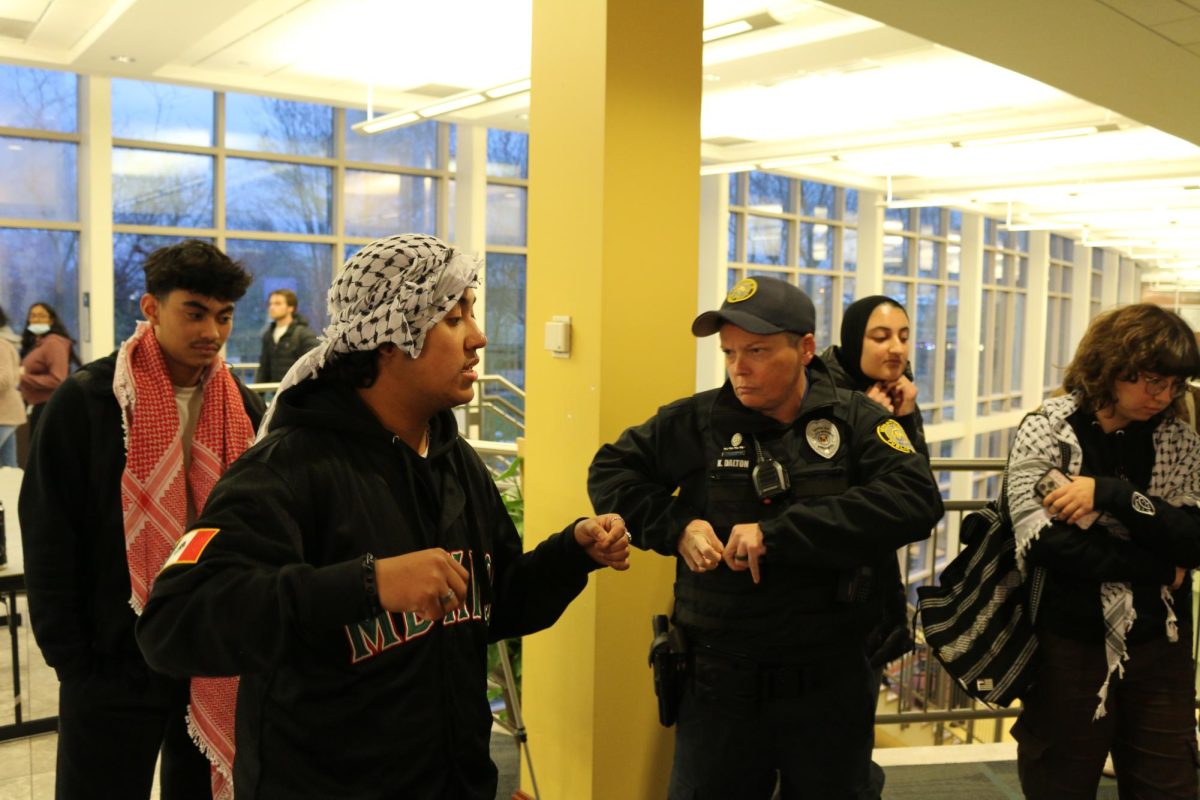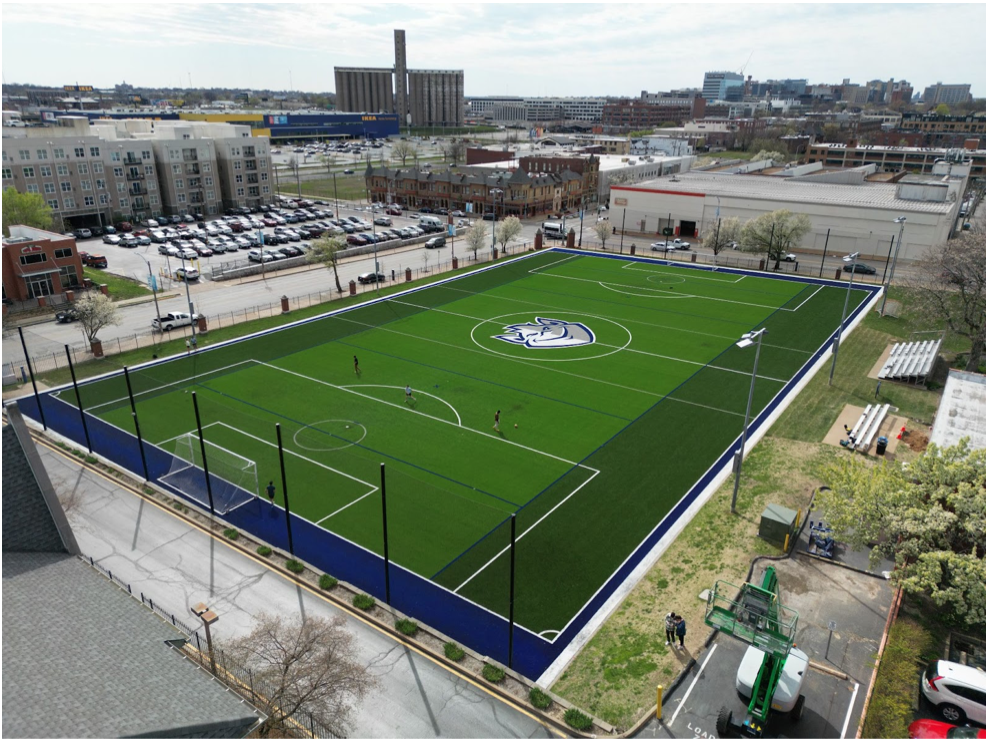Reports show that the number of crimes committed annually at Saint Louis University have increased.
The Department of Public Safety attributes the increase in crime to the expansion of the campus and to crimes committed in areas adjacent to campus.
The number of crimes reported to DPS or other law enforcement near SLU’s campuses rose from 28 in 2000 to 30 in 2001. So far this year, 26 incidents have been reported, compared to the 23 incidents that had been reported at this time last year.
According to Jack Titone, director of Public Safety, the increase in crime from 2000 to 2001 is due to the acquisition of the Grand Forest Apartments.
“As the University continues to expand … there is more exposure to crime because of the continuous boundaries that incorporate the city crime as well,” Titone said.
In 2000 there were no reported forcible sex offenses. In 2001 one reported forced sex-offense occurred. The number of burglaries is down to only 11 in 2001, whereas there were 14 in 2000. In 2001 two robberies were reported. There were no robberies in 2000.
Titone said most of the crime actually taking place on campus is students stealing from each other, not intruders from off campus.
In most incidences, a burglary is defined as entering a building (not necessarily by breaking in) and remaining unlawfully with the intention of committing a crime. Larceny (also referred to as theft or stealing) is the wrongful taking of property. A robbery involves the use of violence in committing larceny.
In 2001 there were 433 alcohol referrals–a jump from 118 in 2000. Most of the referrals reported were for minor violations, such as underage drinking and walking with an open container of alcohol. Titone said DPS is aware that there is liquor problem at SLU. Titone said the statistics show that “we are not hiding anything.”
In 2001 there were four arrests and 60 referrals due to drug-law violations, up from six in 2000. “The arrests were based upon complainants from other students,” Titone said.
All statistics are available for public viewing in the Annual Campus Security Report.
All colleges and universities are required to publish such a report, according to the Jeanne Cleary Act. The act is intended to keep everyone informed about what is going on at SLU, as well as the property adjacent to the University. DPS has to determine where SLU’s satellite schools are and report incidents in that area, even if it was not on campus.
Since the semester began, a number of the crimes taking place have been auto break-ins and robberies. A number of the robberies have taken place off campus, as students, faculty and staff were walking to their cars or residences. DPS has an escort service available to the students and encourages students to use this service. DPS is allowed to transport people as far as two blocks off campus to give him or her a means of getting to his or her transportation.
DPS has shown an increased presence on the west end of campus due to the recent robberies there.
Titone said that officers will continue to do so until the individuals involved in the crimes taking place in that area are arrested. The surveillance will be continued, to ensure that students, faculty and staff are safe.
Since the fall semester began there have been three cars on the Seattle/St. Joseph Lots and three cars on the Fordham Lot broken into. Only a few of the cars had items missing. However, these statistics are not reported in the crime reports. The break-ins are classified as a stealing under $750. In 2000, five automobiles were stolen from University property; seven were stolen in 2001. So far in 2002 there have been 10 auto thefts on University property and the adjacent area.
DPS officers have increased their patrol in all University lots, in order to prevent a crime from being committed.
“DPS uses the presence as a deterrence to make sure cars are not broken into,” Titone said. “The stationing of DPS officers has really paid off, as there have been fewer cars being broken into.”





